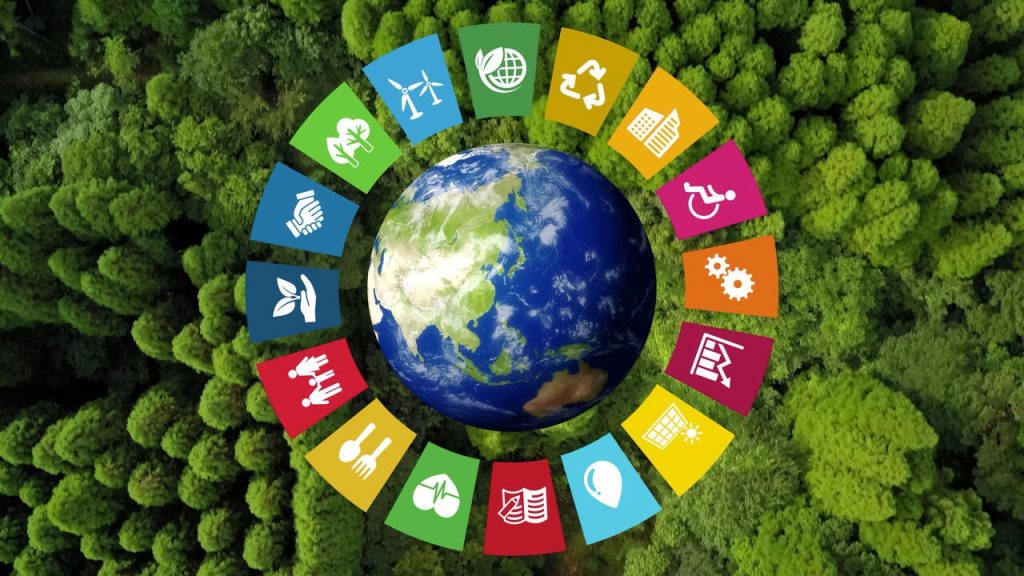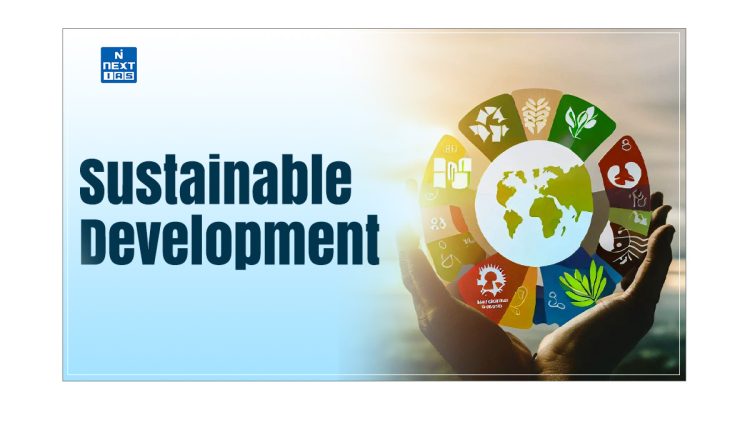Introduction: The Dilemma of Progress
Economic growth has historically driven improved living standards and technological advancement. Yet, unrestrained growth has often come at the expense of the environment. Climate change, biodiversity loss, pollution, and resource depletion pose significant threats to global sustainability.
This essay examines how societies can balance economic development with environmental stewardship, analyzing strategies, case studies, and policy considerations to achieve sustainable futures.
1. The Need for Sustainable Development
1.1 Environmental Pressures
- Climate change: rising temperatures, extreme weather events, and sea-level rise.
- Resource scarcity: water shortages, deforestation, and mineral depletion.
- Biodiversity loss: species extinction and ecosystem degradation.
1.2 Economic Imperatives
- Developing countries face the challenge of achieving growth without repeating environmentally harmful patterns.
- Advanced economies must transition to low-carbon models while maintaining competitiveness.
1.3 Social Considerations
- Equity and access to resources are central to sustainable development.
- Vulnerable populations are disproportionately affected by environmental degradation.
2. Principles of Balancing Growth and Environment
2.1 Circular Economy
- Reducing waste by reusing, recycling, and redesigning production systems.
- Example: European Union’s Circular Economy Action Plan promotes resource efficiency.
2.2 Green Infrastructure and Urban Planning
- Sustainable cities integrate renewable energy, efficient transportation, and green spaces.
- Example: Copenhagen’s urban planning reduces emissions while enhancing livability.
2.3 Renewable Energy Transition
- Solar, wind, and hydropower reduce dependency on fossil fuels.
- Example: Germany’s Energiewende demonstrates both economic and environmental benefits.

3. Case Studies in Sustainable Growth
3.1 Scandinavian Model
- Norway and Sweden combine high GDP per capita with low carbon footprints.
- Strong social policies, clean energy investments, and sustainable forestry practices.
3.2 Singapore: Urban Sustainability
- Efficient water management, green buildings, and smart city technologies.
- Balances economic competitiveness with environmental responsibility.
3.3 Developing Economies
- India and Brazil focus on renewable energy investments and afforestation.
- Challenges: funding, infrastructure, and governance.
4. Policy Instruments and Strategies
- Carbon Pricing: Taxes or cap-and-trade systems to internalize environmental costs.
- Incentives for Green Innovation: Subsidies, grants, and tax benefits for clean technologies.
- International Cooperation: Agreements like the Paris Accord aim to align global efforts.
- Regulatory Frameworks: Standards for emissions, waste management, and resource usage.
5. Economic Tools for Sustainability
- Sustainable Finance: Green bonds, ESG investments, and impact investing.
- Circular Business Models: Companies incorporating recycling and reuse into product design.
- Job Creation in Green Sectors: Renewable energy, energy efficiency, and sustainable agriculture.
6. Future Outlook
- Sustainable development requires integration of economic, environmental, and social policies.
- Technology, governance, and societal awareness are essential for long-term success.
- Balancing growth with environmental responsibility is not just an ethical imperative but a strategic necessity for resilience and competitiveness.
Conclusion: Toward a Sustainable Future
Achieving sustainable development is a complex task, requiring cooperation between governments, businesses, and civil society. By embedding environmental responsibility into economic strategies, societies can foster growth while preserving the planet for future generations.
Sustainable futures are attainable if societies prioritize innovation, equity, and ecological stewardship simultaneously.
















































